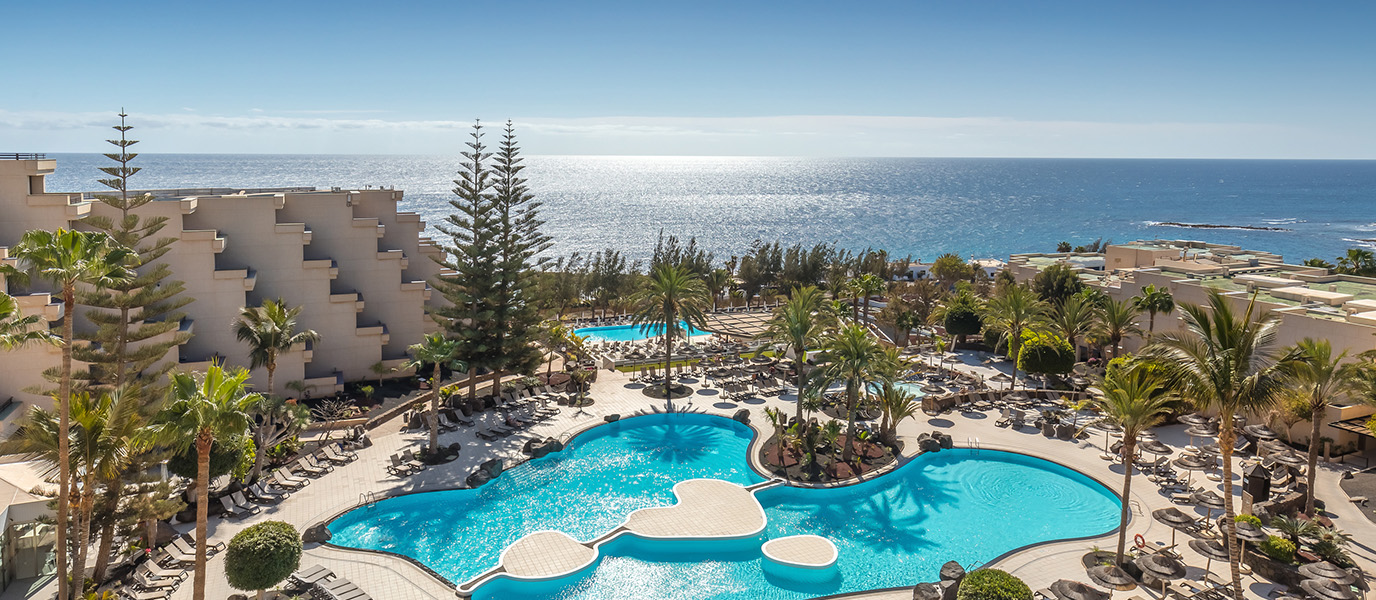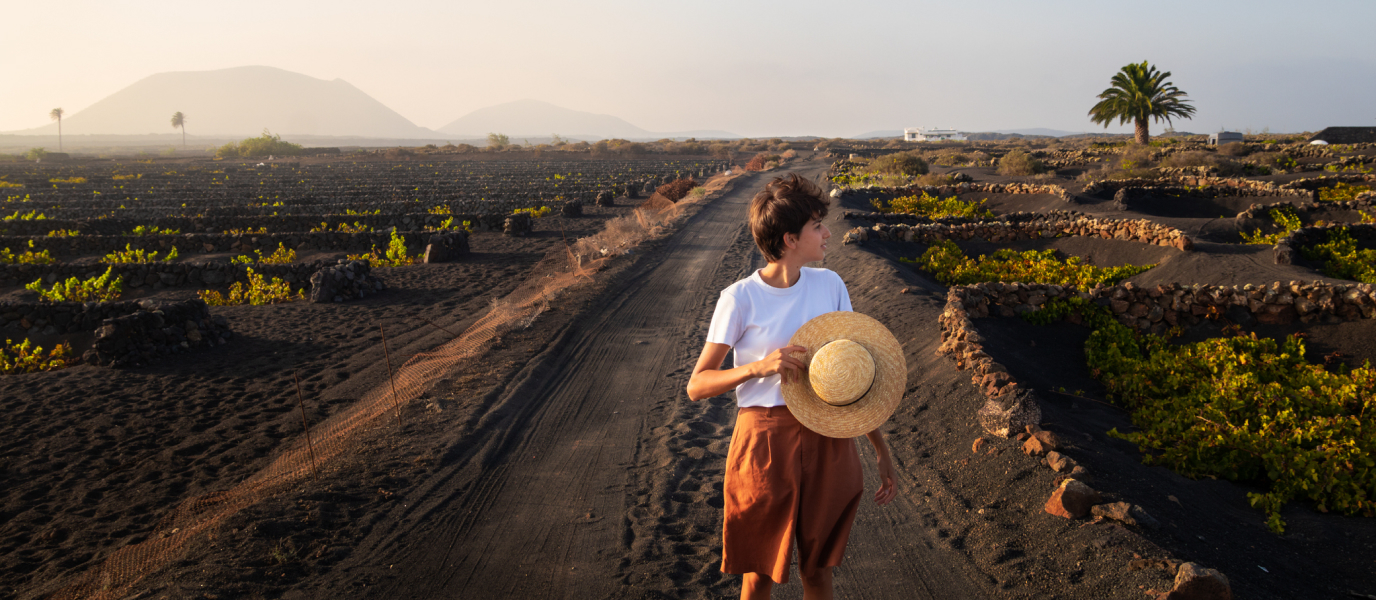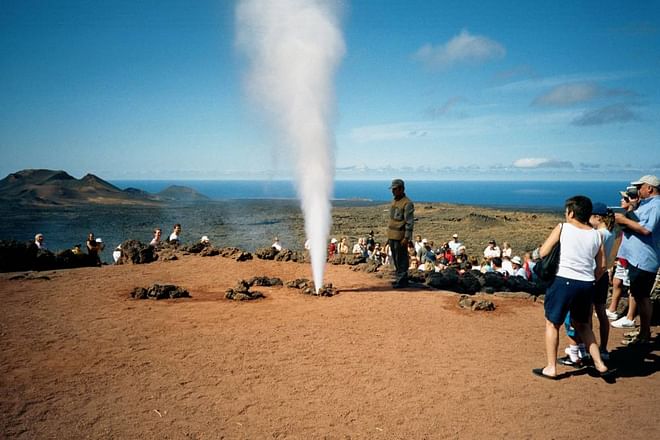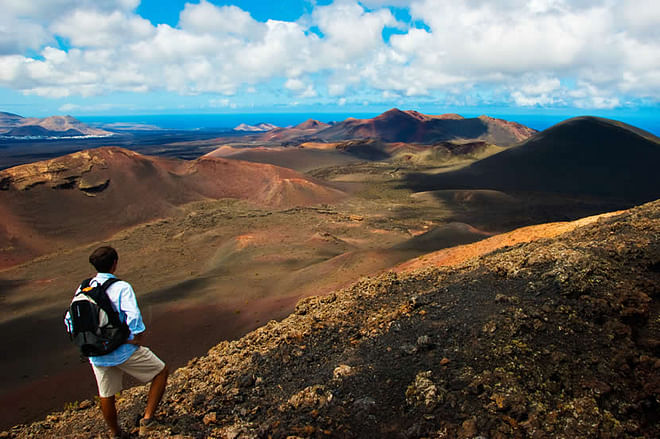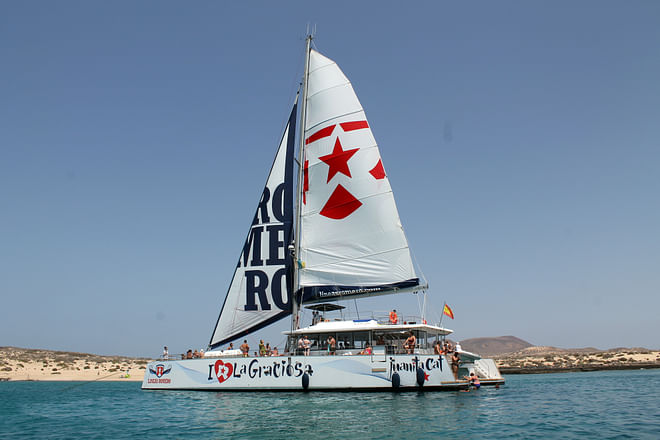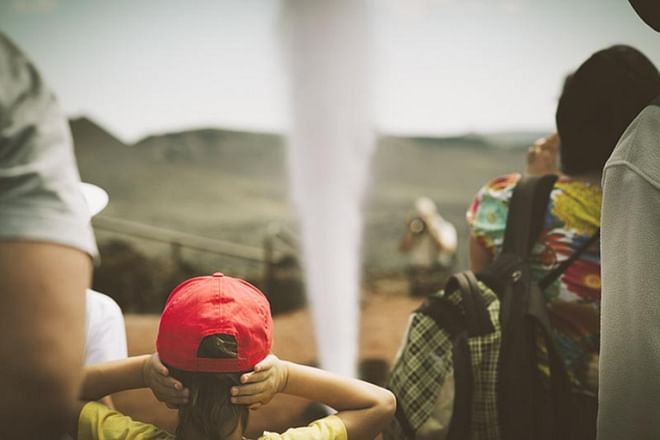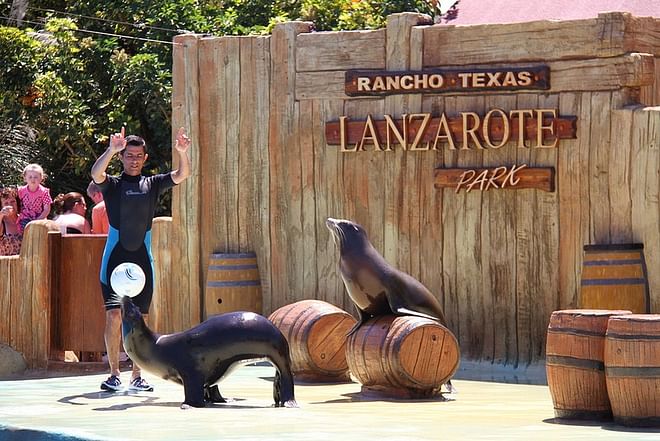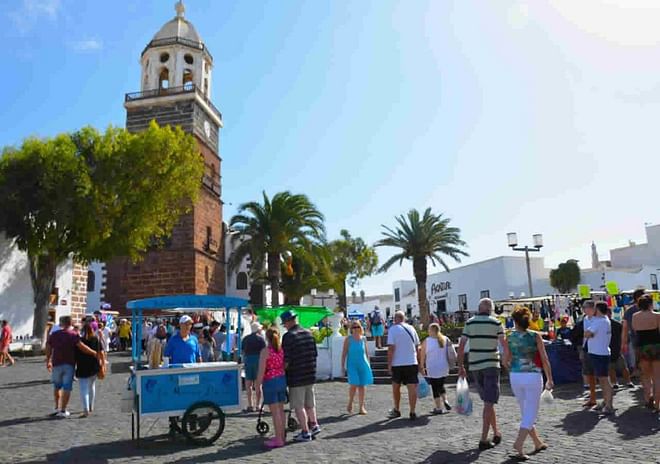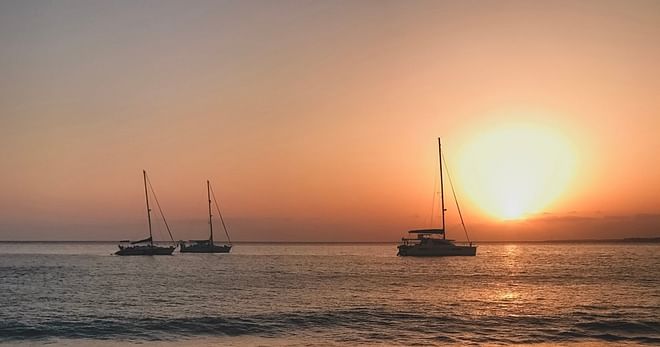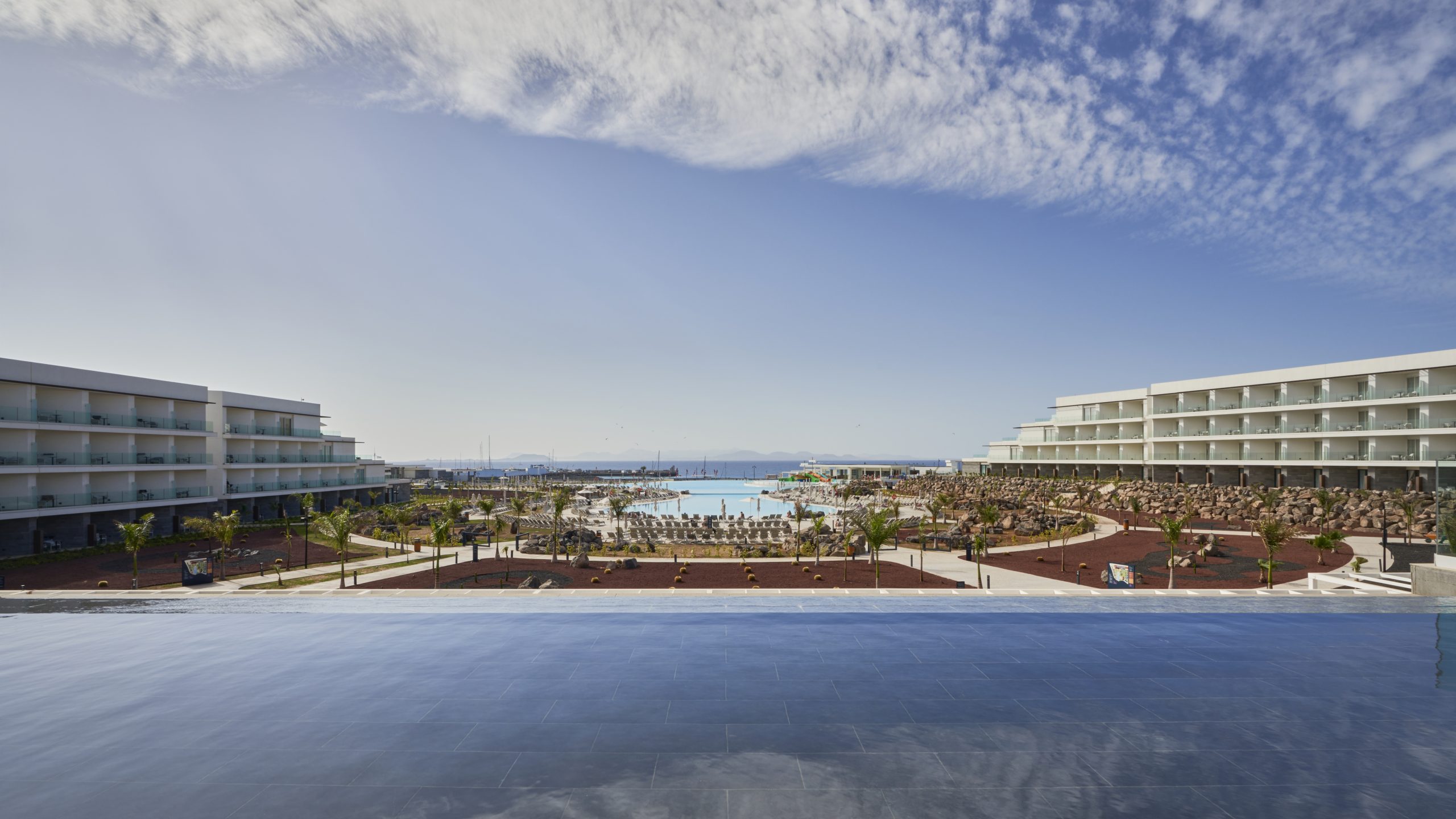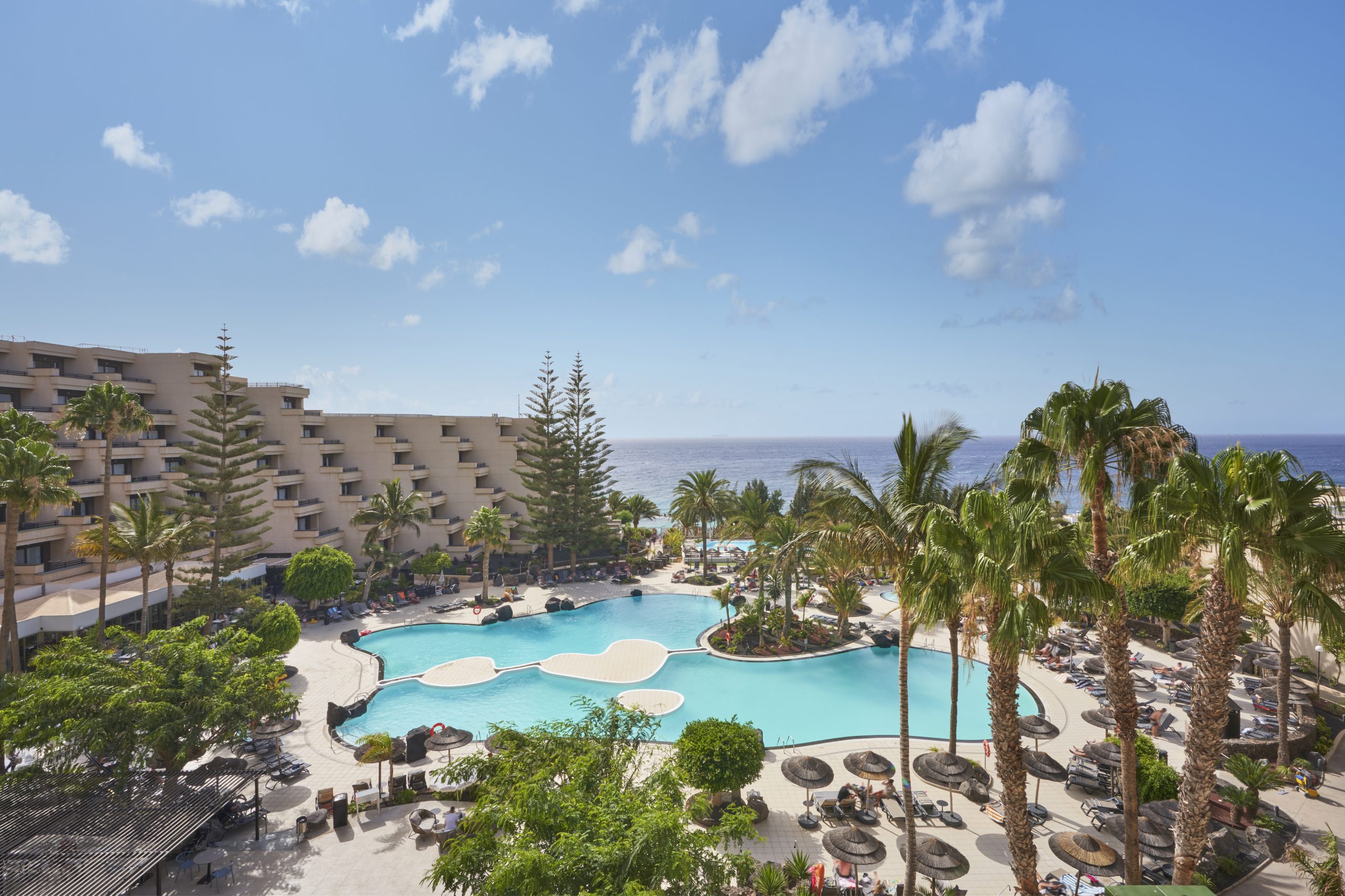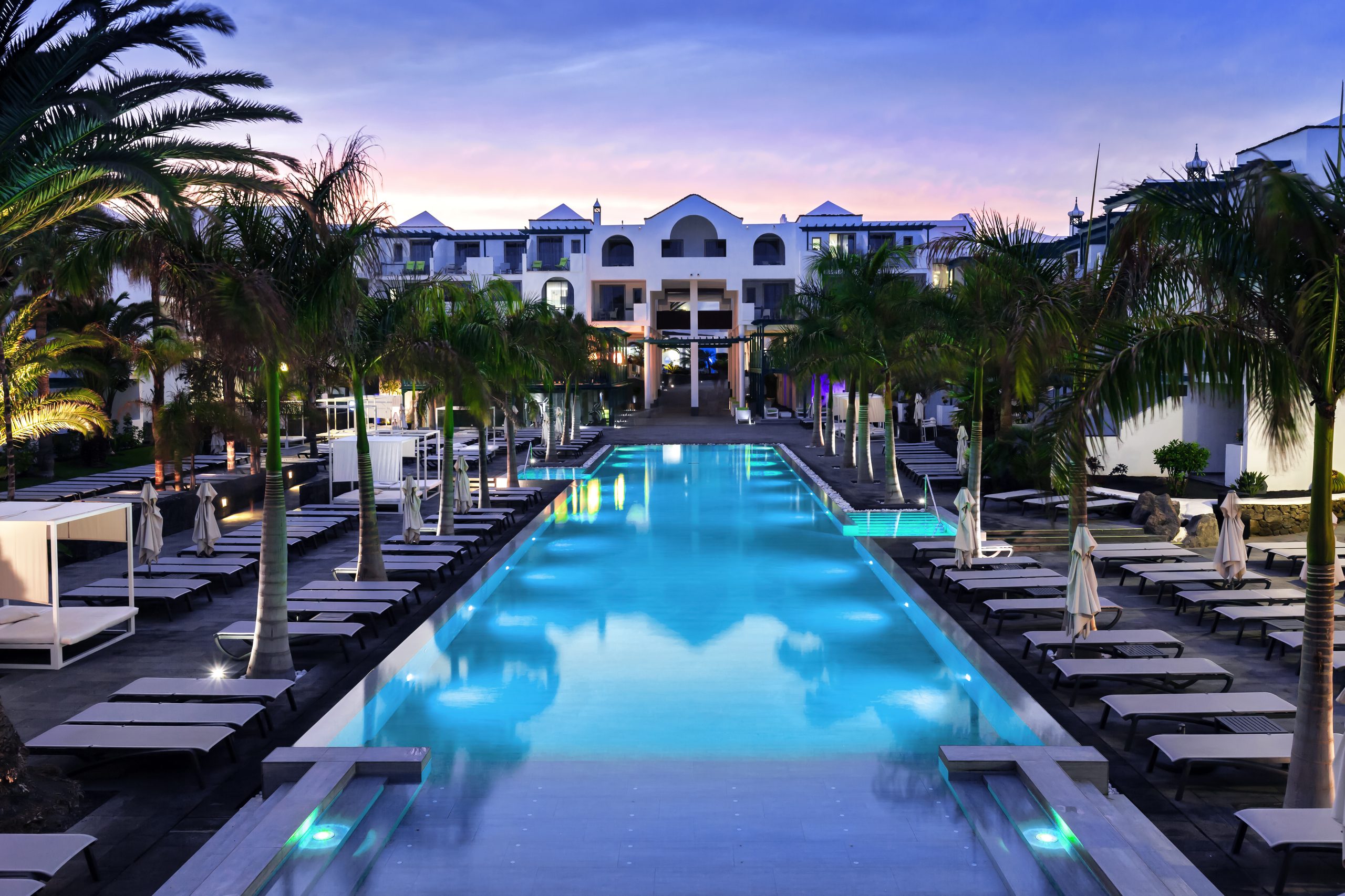In 1771, Lanzarote was a place of great suffering. Almost 2,600 people had died of hunger (and around the same number had emigrated) after a prolonged drought, and this on an island whose crops had been razed by the devastating eruption of Timanfaya in the 1730s. Concerned at this situation, King Carlos III set the poor and jobless islanders to work on the construction of a fortress which, in addition to providing them with work, would protect the island from the threats posed by pirates and by foreign powers. So, between 1776 and 1779, the Castillo de San José, also known as the Fortaleza del Hambre [Hunger Fortress], was erected on a cliff above Puerto de Naos. Since 1976, this ancient edifice has been home to Lanzarote’s International Museum of Contemporary Art (MIAC).
Designed by the engineer Alejandro Des Angless and built by the architect Claudio de Lis, the Castillo de San José would reinforce the firepower of the older Castillo de San Gabriel. At that time, the island also had two sentries and four watchtowers to safeguard the coast. All these precautions offered little real protection for an island that had already come under attack from the British pirates Walter Raleigh and William Harper, and the Berber Morato Arráez. The entrance to the fortress, built as a semicircular structure facing the sea, is protected by two small turrets, a moat and a drawbridge. The walls are built from volcanic rock, and the interior, with its barrel-vault ceilings, served as a gunpowder store.
With the passage of time, the age of the pirates came to an end, and with it the defensive role of the castle, which then lay abandoned for almost a century. By the beginning of the twentieth century, the building was in ruins, but then the Lanzarote-born artist César Manrique convinced the Island Council to restore the fortress and convert it into a headquarters for the Museo Internacional de Arte Contemporáneo [MIAC].
A stronghold of art and cuisine
In 1976, the Museum opened with the First International Exhibition of the Plastic Arts of Lanzarote, and for this event, Manrique brought together works by great Spanish artists including Picasso, Tàpies, Miró, Mompó, Millares and Zóbel. Thus began one of the Canary Islands’ largest collections of abstract art of the second half of the twentieth century, which also includes works by Canarian artists such as César Manrique, Manolo Millares, Óscar Domínguez, Cristino de Vera and Pancho Lasso (with one room being dedicated exclusively to the work of Lasso).
Although the restoration respected the original structure to a great extent, a modern, Four-Fork-standard restaurant was added, the design of which clearly shows the creative genius of César Manrique. At QuéMuac, local products and innovation go hand-in-hand in dishes such as the locally-caught fish stuffed with burgaos [edible snails], fresh spinach, cherry tomatoes, walnuts and potatoes; or the lamb chop on a bed of papas bonitas [Bonita potatoes, a special variety cultivated in the Canary Islands], migas con chorizo [fried breadcrumbs with chorizo] and raisins. In short, this is an exclusive establishment where you can enjoy avant-garde cuisine and, thanks to an enormous, panoramic window, you will be surrounded by the sea which finds its way into every nook and cranny.





































































